SIMPLE TOMATO MARINARA SAUCE
RECOMMENDED VIBE:
Here’s an album I thought you might enjoy while cooking this recipe ?
Tomato Sauce Recipe #27,412
For a sauce that is so fundamental to so many dishes, tomato sauce is one of those recipes that seems to have a million different ways to make it. On top of that, so many people claim authenticity that they could not all possibly be right!
Here’s my advice: forget about authenticity and focus on utility – and, of course, personal preference. Now, I’m not saying to add a cup of ranch dressing or fresh mung beans to your sauce. I simply mean that it is possible to cover the basics and not get caught up in the minutae. (If you are interested in culinary anthropology, by all means ignore my advice and continue your quest for historical purity in your tomato sauce!) ?
So, what are ‘the basics’?
Good question. Let’s start by distinguishing between several tomato-based sauces:
Tomato Sauce – Simply means a sauce made from tomatoes. Tomatoes were first brought to Europe in the 16th century by Spanish Explorers. The Spanish friar Bernardino de Sahagún was the first to reference a sauce he encountered while in Tenochtitlan (Mexico City). It was then mentioned in a 17th-century cookbook by the Italian chef Antonio Latini. In the 18th century, another Italian Chef named Francesco Leonardi first wrote about using tomato sauce with pasta. Tomato sauce is known by different names in different cultures, but most consist of aromatics such as onions & garlic, tomatoes, and a fat such as olive oil, pork fat or lard.
- Italy: Salsa di pomodoro (Sometimes called Neapolitan Sauce)
- Spain: Salsa Rioja
- Mexico: salsa de tomate rojo
- France: Sauce tomate
Marinara Sauce – In Italy, the term “alla marinara” refers to a tomato sauce with other flavorings added such as herbs (basil, oregano, rosemary and sometimes fennel seed are chief among the Italian herbs). A splash of red wine or vinegar is also common. What Americans consider “spaghetti sauce”.
Bolognese – A thick sauce, called a ragu, that is tomato based, but with the addition of meat, additional aromatics (carrot, celery), and a small amount of milk or cream.
Romesco – A sauce originating in the Catalonia region of Spain, ands originally meant to be eaten with fish. Romesco is built on a foundation of tomato sauce, with some sort of sweet peppers (originally nyora peppers), as well as pine nuts or hazelnuts. Vinegar or sherry is commonly added, as well as fresh herbs like mint or fennel leaves.
Puttanesca – An Italian pasta sauce made by adding a bring vegetable such as capers or olives, and frequently a bit of heat from red pepper flakes.
Back to the basics
Ok, back to our simple tomato sauce. I call this a marinara sauce, as it does contain additional aromatics (onion, garlic, carrot), Italian herbs (oregano, marjoram, thyme, basil, rosemary, sage), and a touch of acidity from some red wine vinegar.
This sauce is perfect for eating with pasta, or for pasta bakes, lasagne, – it also makes a great pizza sauce!
The best part is, even though the ingredient list is a bit long, the steps involved are super simple and most of the time is spent letting the sauce simmer.
Gather ingredients for your simple tomato marinara sauce
As always, I highly recommend that you start each recipe by reading the recipe carefully and gathering up all the ingredients before you begin. This makes the process so much easier, knowing that all you need is within reach and, ideally, already chopped/measured.
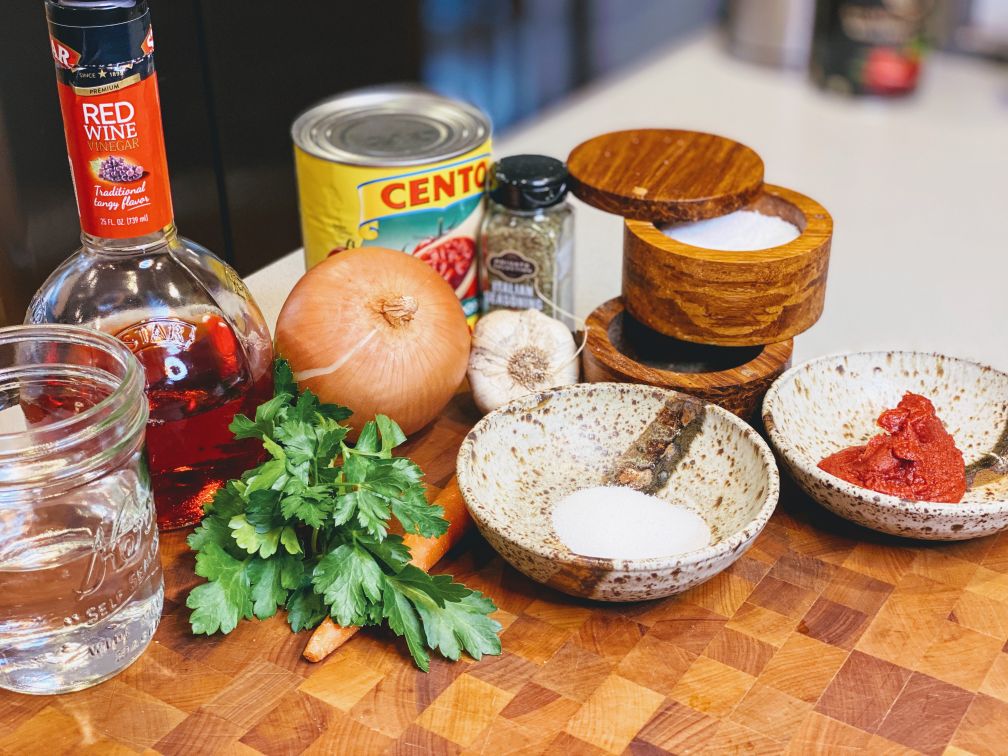
Chop the aromatics
Start by chopping the onion and carrot. I like to chop these as I can so that they will break down and ‘melt’ into the sauce. Some tomato marinara sauce recipes even call for these to be grated or pulsed in the food processor. If you like a smoother sauce with fewer bits in it, go ahead and pulse these up – just don’t make a puree out of it.
For this tomato marinara sauce, the only items that need to be cut up are: garlic, onion, carrot, & parsley.
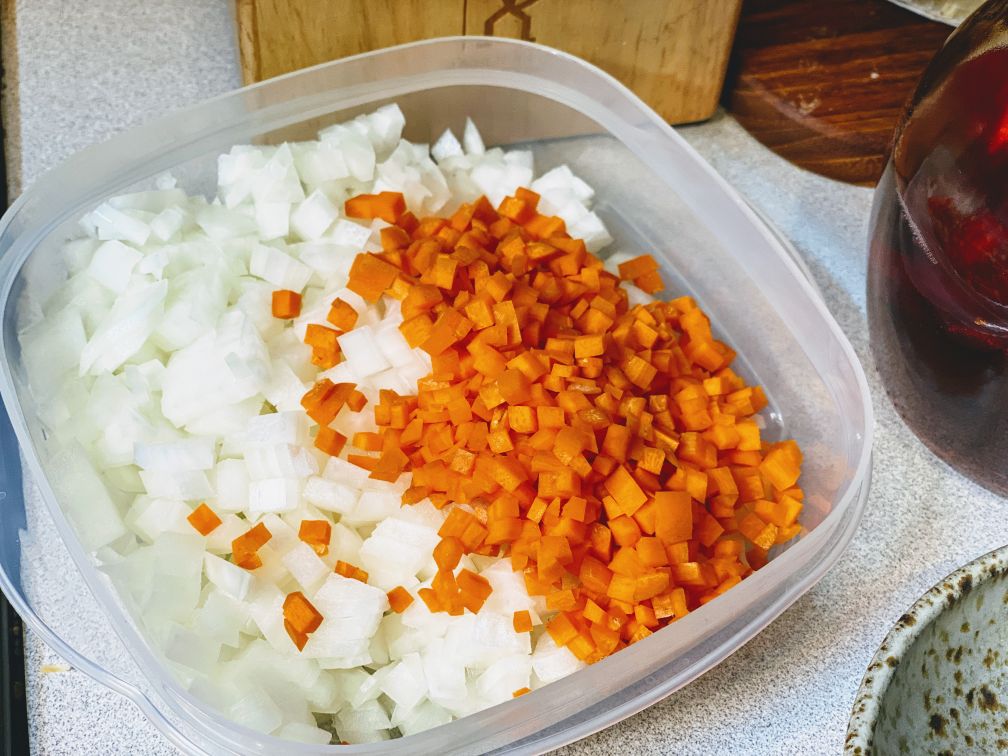
Prep the tomatoes
By a wide margin, San Marzano tomatoes are the most recommended tomatoes for sauces. These Italian beauties have thick, moist flesh and very few seeds, making them ideal for rich sauces.
Most supermarkets carry whole San Marzanos, but not all are actually from Italy. Depending on how pure you want to be, you may want to look for the letters “DOP” on the can. This stands for “Denominazione d’Origine Protetta”, an organization of regional growers who established a system to identify San Marzanos that are authentically produced in a specific region of Italy.
I recommend whole tomatoes – the quality is often much better than the bits and pieces that end up as crushed or pureed. Some whole tomatoes are packed with a bit of basil, which is no problem – but avoid other flavorings or additives other than just tomatoes.
To prep the tomatoes, pour them into a large bowl along with their juices. Use your hands to carefully crush all of the tomatoes and break them into smaller pieces. I don’t mind a chunk of tomato in my sauce, but if you want a smoother sauce, take more time to break these down or plan to whiz it later with an immersion blender.
Let’s get cooking
Put your pot over medium-low heat and allow it to heat up. Try to use the thickest, sturdiest pot you have. Avoid cast iron, as the acid from the tomatoes is not good for the surface.
Once the oil is hot, add the onions and carrots to the pot. Cook them over medium-low heat for 15 minutes. Yes, 15 minutes. Usually, recipes ask for a quick saute at higher temps. But in this case, we are not looking for browning or color, we just want to soften everything down. Give them a stir every minute or two – but this temperature doesn’t require constant stirring.
Garlic joins the party late
As a matter of habit I try to avoid adding garlic immediately to hot oil, as it can burn and become bitter. Onions can withstand a lot of heat and without burning because of the moisture level and the natural pectins. Garlic needs less time to cook, especially if it is minced fine.
The medium-low temperature we are using for this tomato marinara sauce means that we are very unlikely to burn the garlic – but as I said, I generally wait as a matter of habit, unless a recipe specifically asks for th egarlic to go in early.
After 15 minutes, add the garlic to the pot and cook it for 1-2 minutes, stirring often to blend the flavors.
Tis the season
Once the aromatics have been cooked down, it’s time to add another layer of flavor with some spices & seasonings. Add the salt, sugar, Italian herbs, anchovy paste, vinegar, and optional red pepper flakes.
FOR VEGAN SAUCE, leave the anchovy paste out, or replace it with 1 tablespoon of vegan Worcestershire.
Stir to incorporate everything, and then raise the heat to medium. Stir occasionally as this cooks – just until the liquid evaporates.
Finally – tomatoes!
Well, tomato paste. Tomato paste is made by evaporating most of the water from fresh tomatoes. Not only does this concentrate the flavors, but it concentrates the pectins so that, when cooked, tomato paste can help thicken your sauce and give another layer of tomato flavor.
Add the tomato paste to the pot, stir to coat everything, and cook it for 3-5 minutes, The color will darken a bit and things will get a bit thicker and sticker.
The stars of the show
After you cook the tomato paste for a few minutes, it’s time to add the tomatoes to your marinara sauce. Being careful not to splash, go ahead and add the tomatoes to the pot.
Add ¼ cup of water as well. Bring the sauce to a gentle boil – you can bump the heat to medium-high. Keep an eye on things – you just want a gentle boil, not a spattering mess.

Simmer down, now!
Once the sauce has come up to a boil, reduce the heat to low and simmer the sauce uncovered for 90 minutes. The lowest burner setting should be perfect for this. You want some slow bubbles but nothing that looks like boiling.
During this 90 minutes, I like to check in every 10 minutes or so and give things a stir, If the sauce looks too thick, just add a couple of tablespoons of water at a times and stir to incorporate before adding more if needed.
TIP: Use a rubber spatula to stir, and scrape down the sides of the pot each time you stir. Those bits that collect on the side of the pot are full of flavor! (Plus, it makes washing the pot much easier!)
Finishing touches
After a 90-minute simmer, the sauce should be nice and thick. Taste the sauce at this point and add salt and pepper as needed.
Finally, turn the heat OFF and add the fresh parsley to the pot. The reason I wait and add fresh herbs at the end is that they will would be cooked to death if they were in there the whole time. We want nice green pops of earthy herbal goodness – not black specks of flavorless herbs!
If you want to add any other softer fresh herbs, now would be the time. Basil, oregano, thyme and parsley are great. (Rosemary, if you choose to add it, should be added earlier, with the salt & spices.)
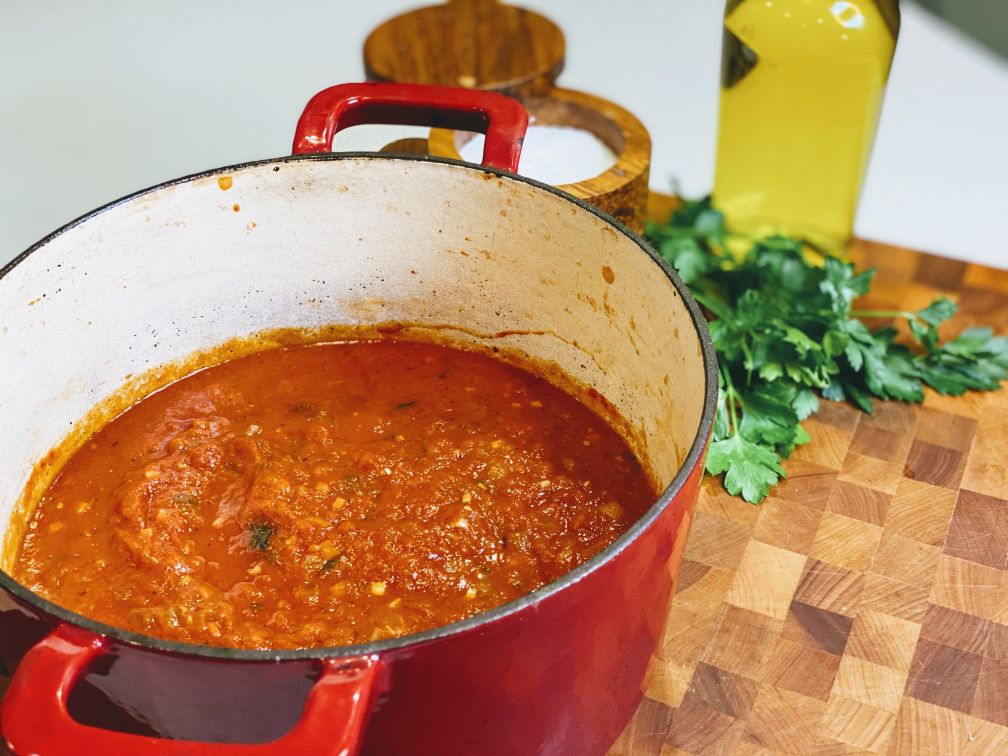
Enjoy your tomato marinara sauce!
The sauce can be used immediately, stored in the refrigerate 1-2 weeks or in the freezer up to a year.
Try serving this over your pasta, along with:
- Simple Kale Salad
- Parmesan Roasted Green Beans
- Crispy Garlic Herb Bread
- Lemon Gingerbread Cake with Lemon Cream Cheese Frosting
Check out these delicious recipes from Food By Joe:



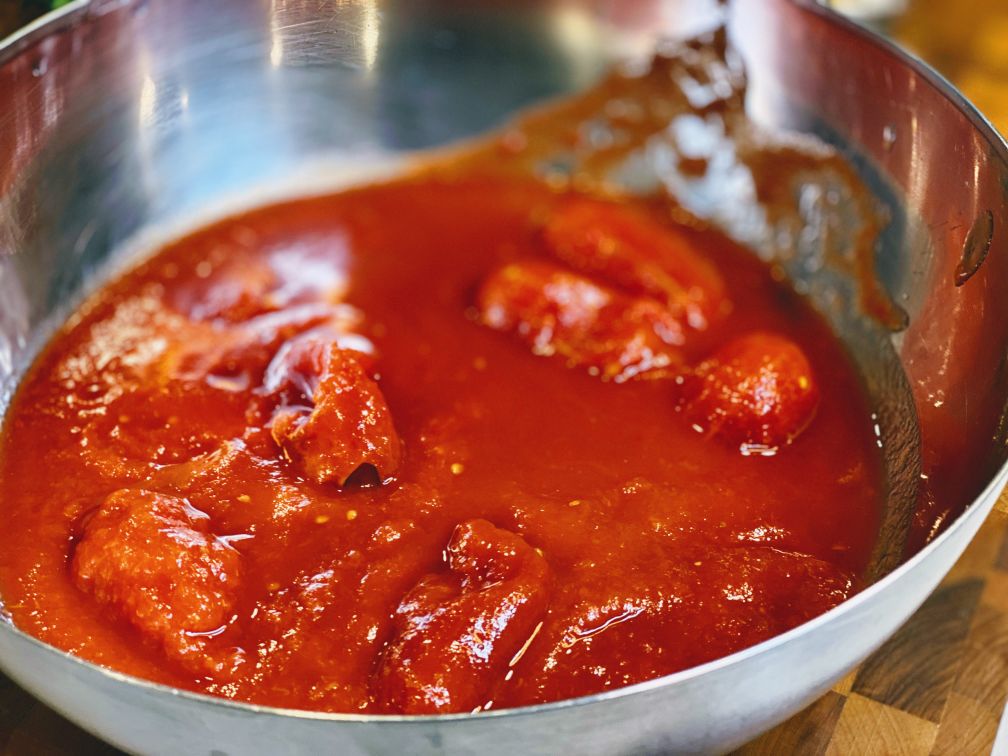
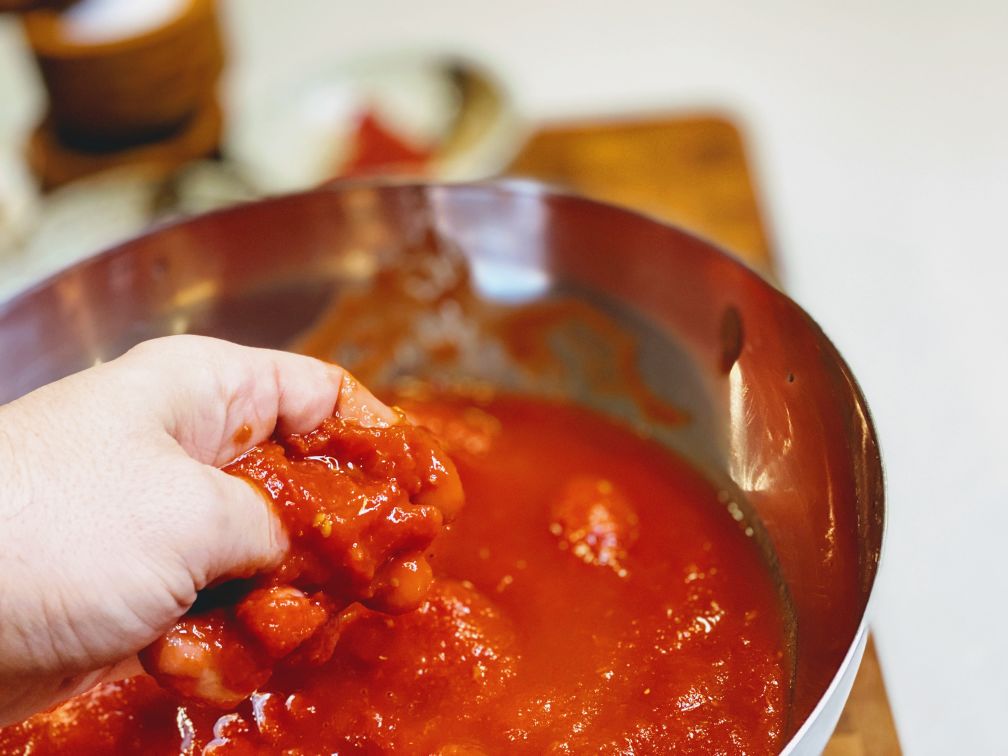

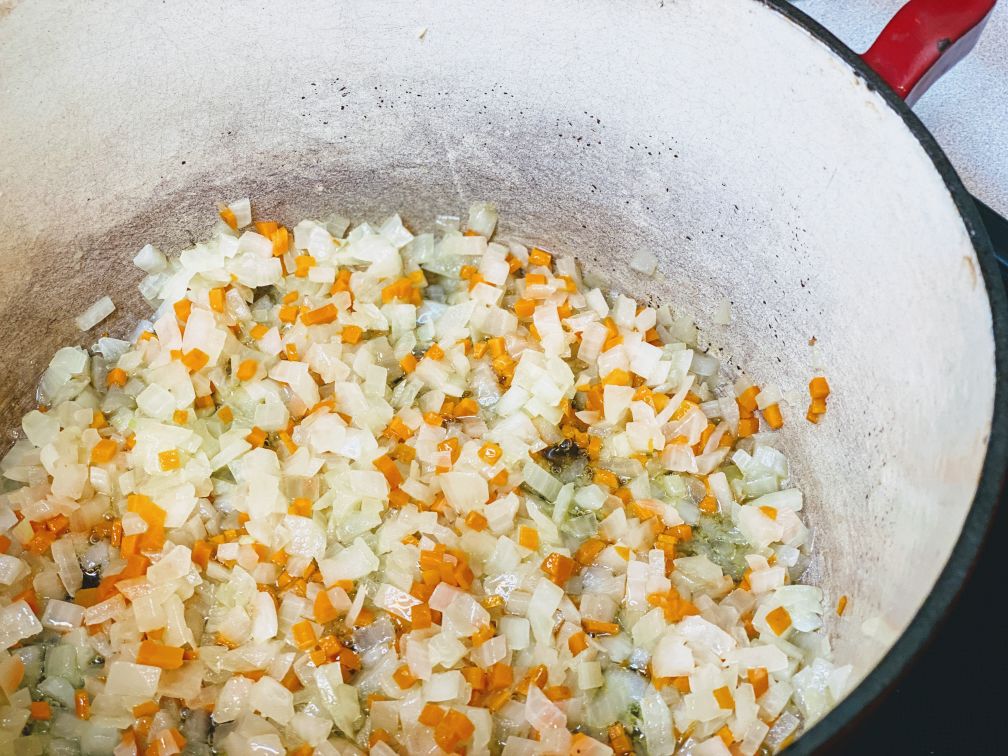
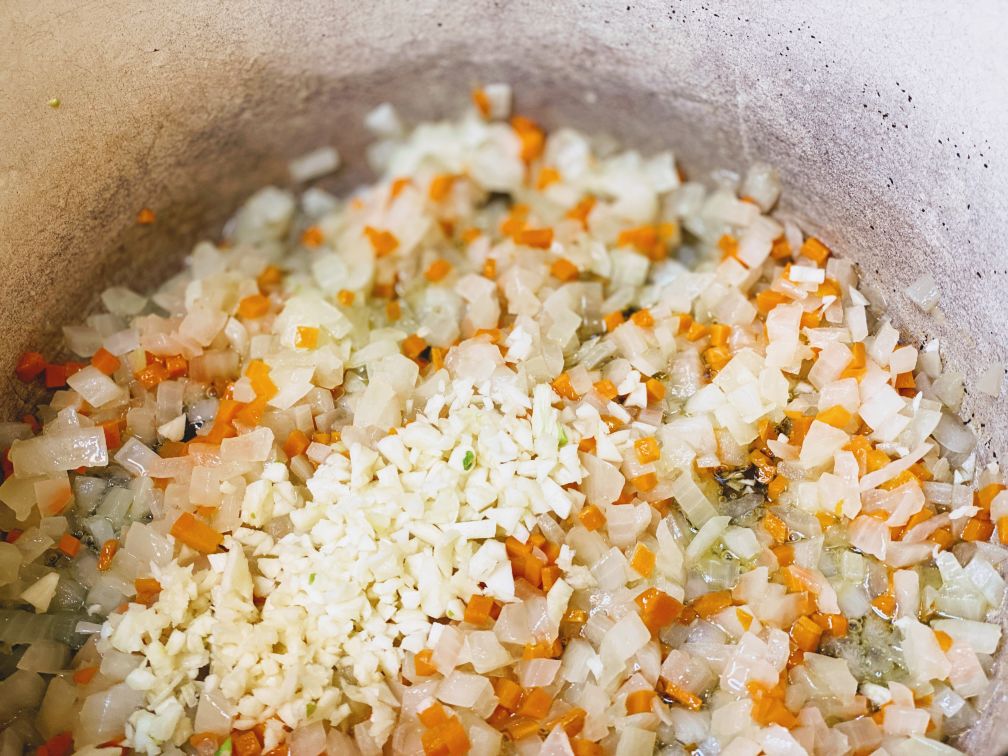
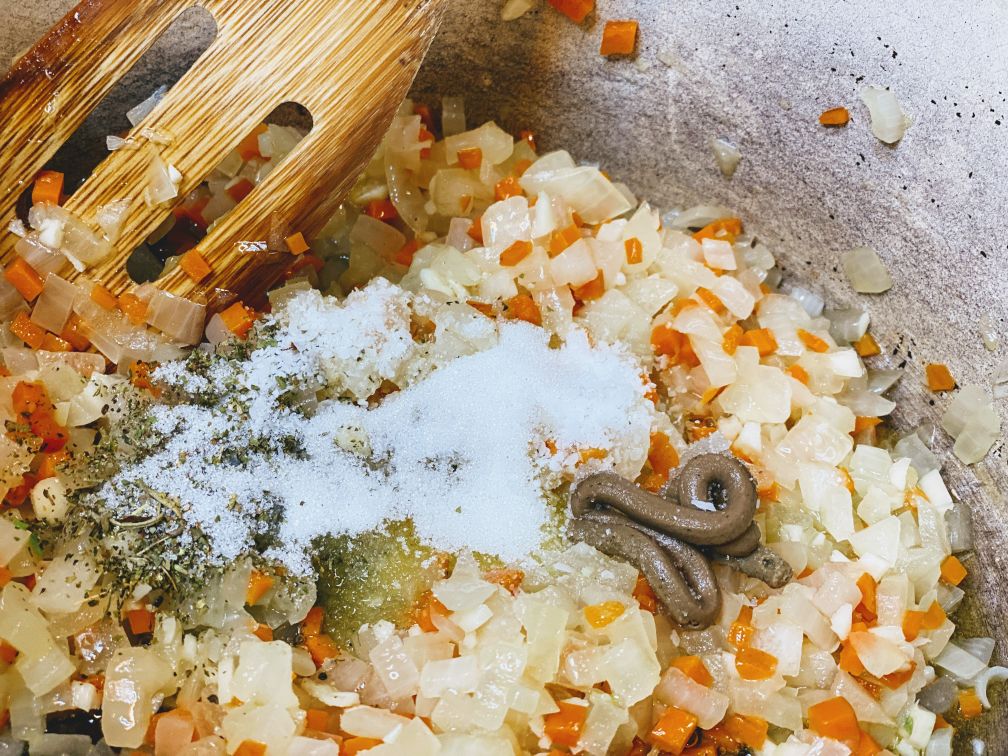
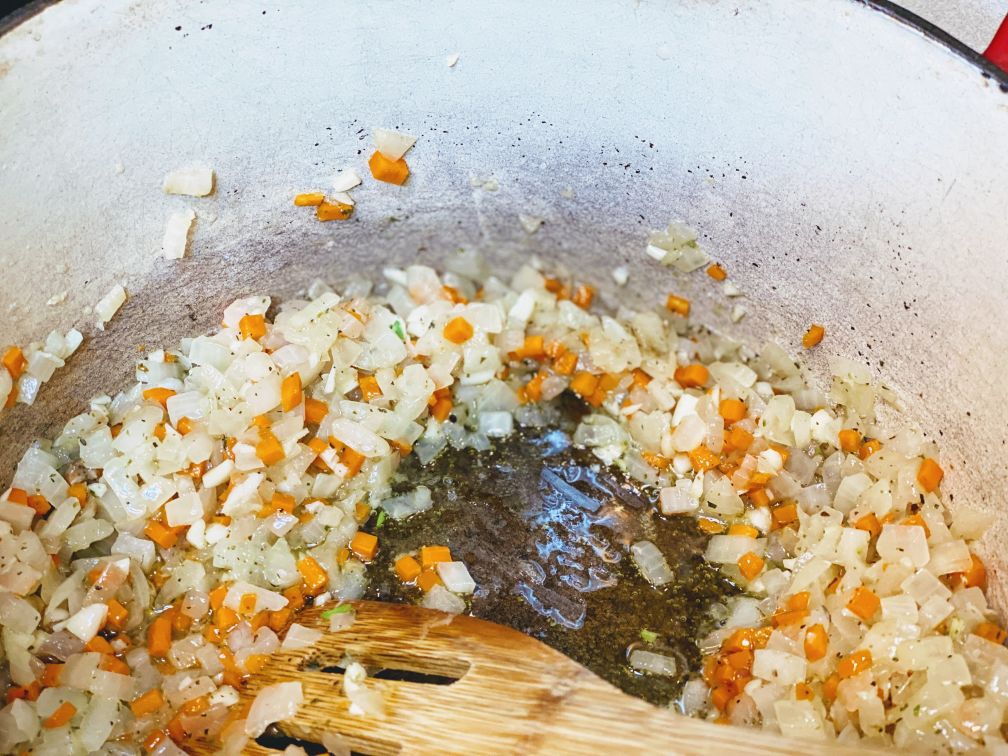
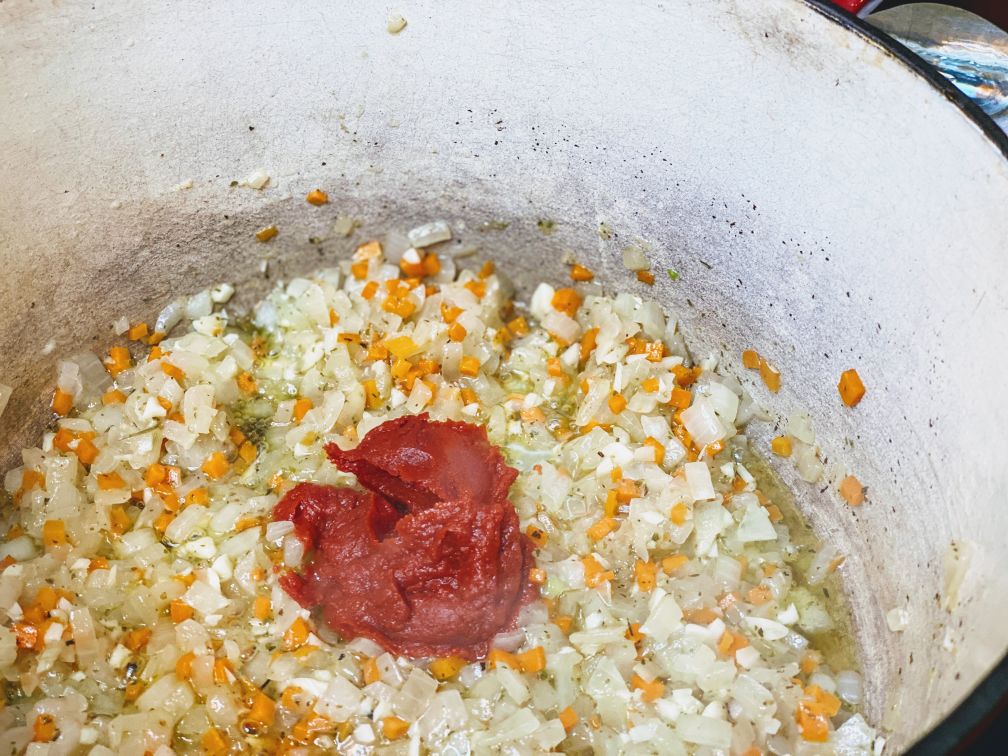
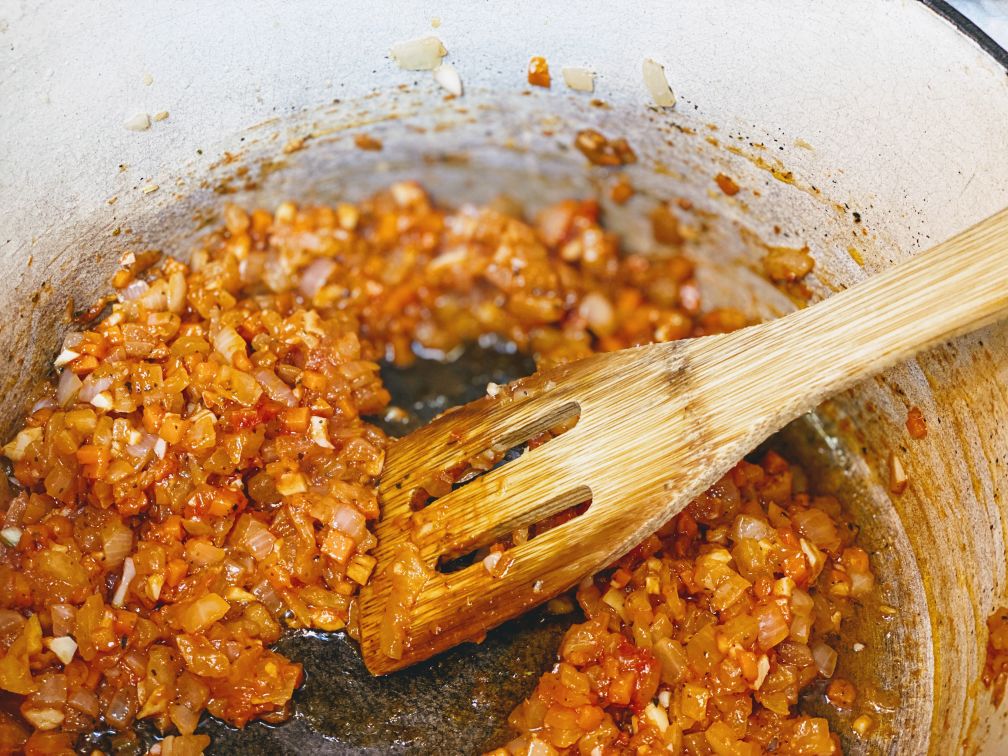
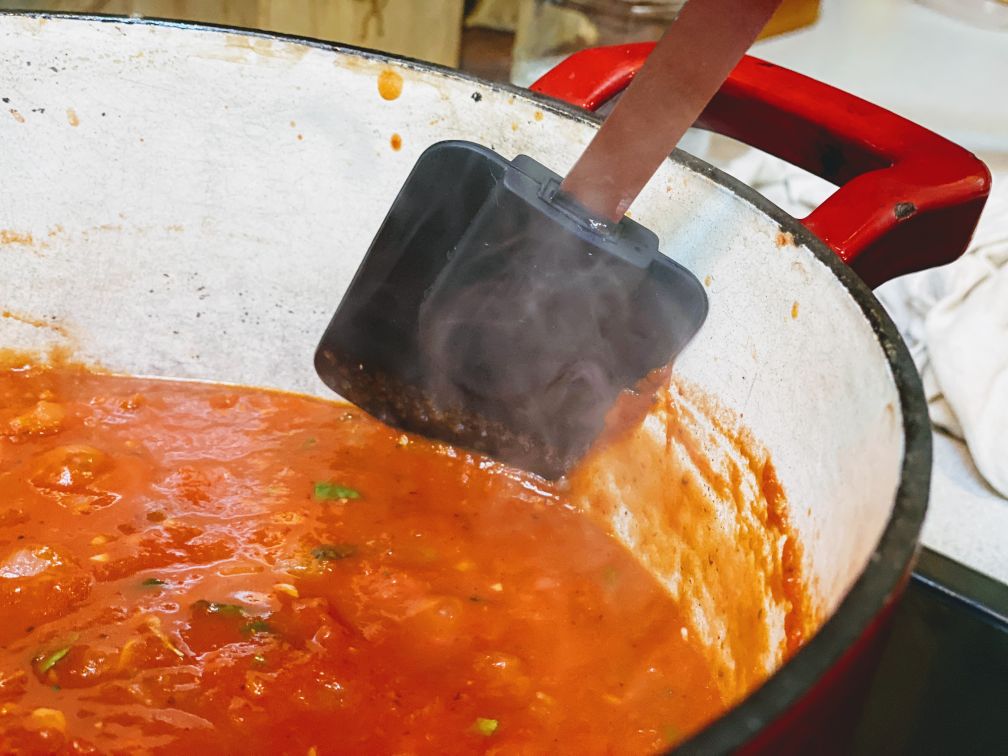
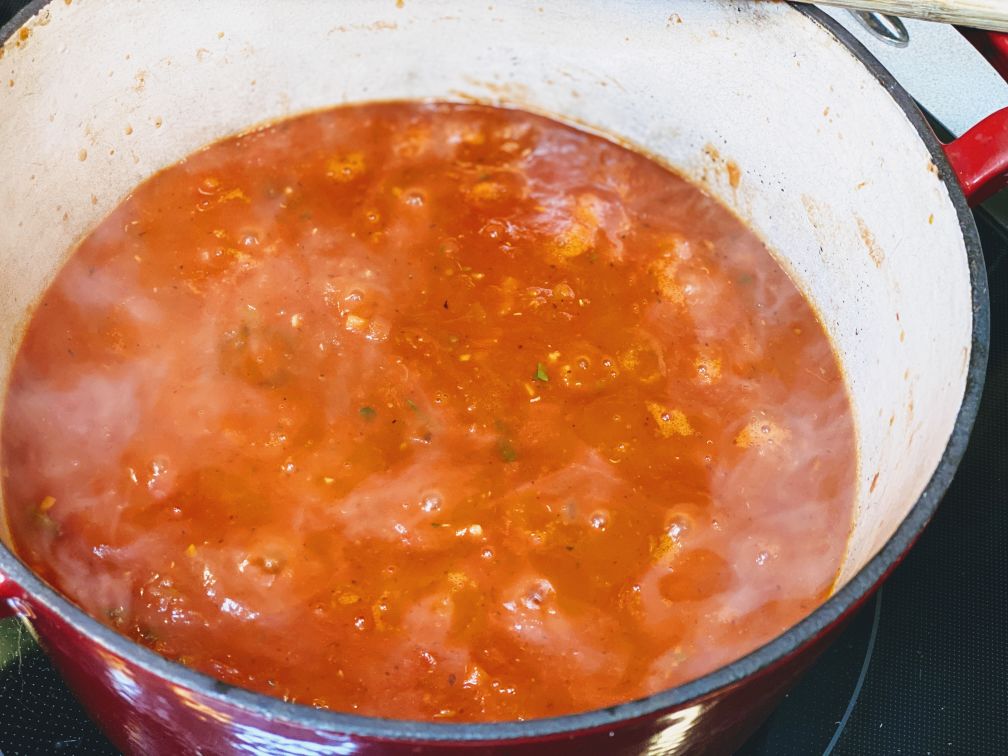


0 Comments